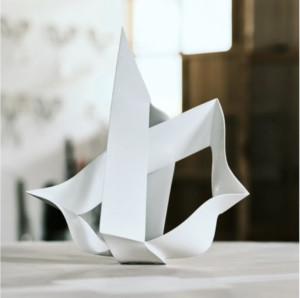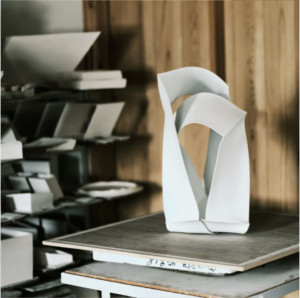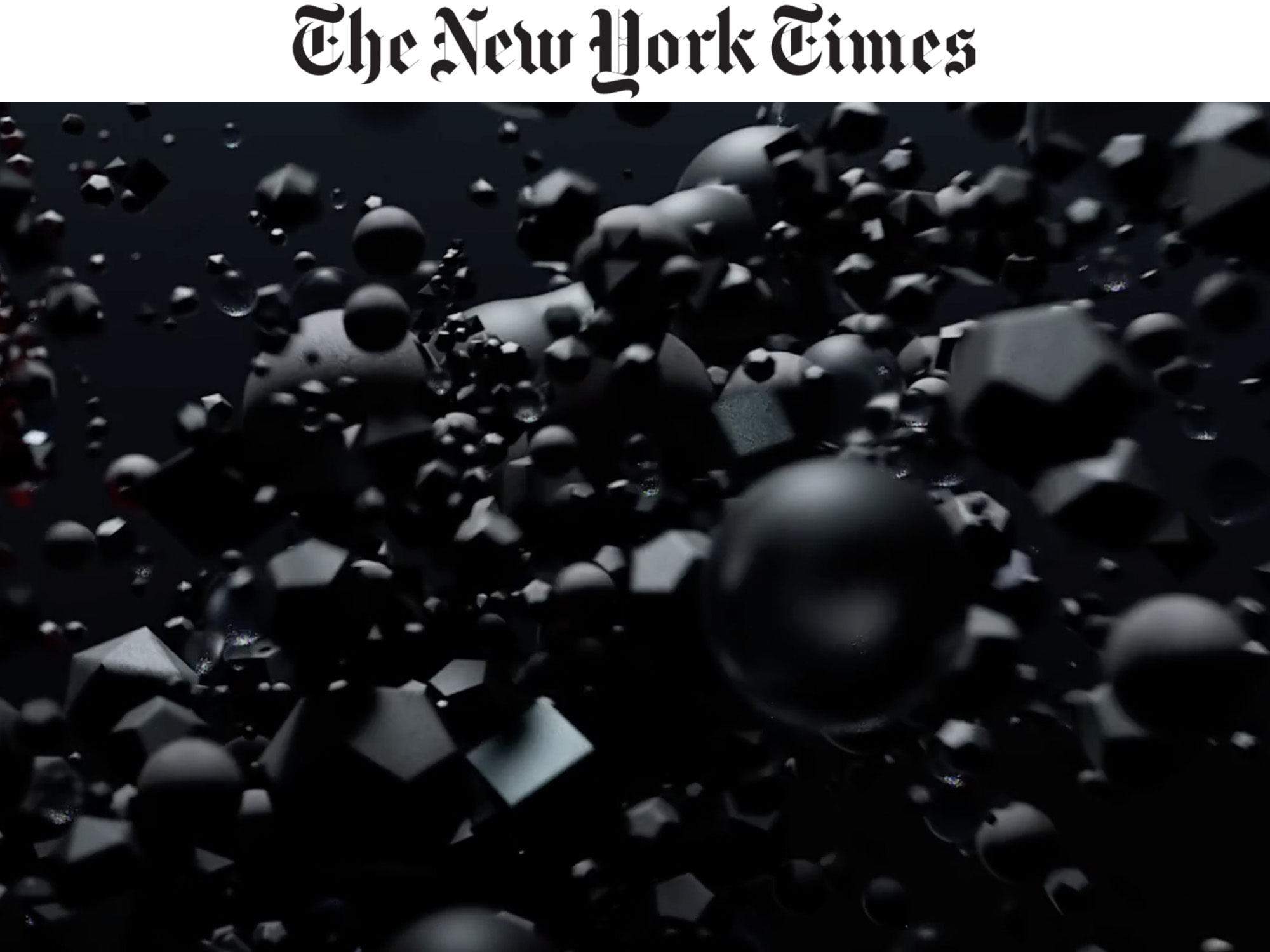Paid Post by Audemars Piguet
The first clay objects were produced some 25,000 years ago. Ceramics, encompassing pottery, brick, china and cement, is the alchemical process of turning soft organic matter into a hard, long-lasting material. It’s one of the oldest craft techniques known to humankind, and is today also one of the most exciting. In the past few years, a great craft revival has taken place globally, with new swathes of artists exploring the possibilities of the medium and creating innovative, free-spirited work that blurs the distinction between craft, art and sculpture.
These artists are pushing the boundaries of what can be achieved with ceramics in both scale and materiality. Some of their pieces seek to reinvent the very function of clay, exploiting the medium’s strength and durability in furniture and architecture. Others explore the purity of the form, encompassing a visual history that goes back centuries.
The term ceramics comes from the Greek word keramos, meaning baked material. And collectively, the three artists below demonstrate how the advantages of baked material offer endless creative possibilities. The dynamism of their work mirrors the innovative use of high-tech ceramics by the Swiss watchmaker Audemars Piguet, which began using the material — mainly composed of Zirconium Oxide and Oxygen (ZrO2) — in the 1980s and today features it embedded in gold in its latest Code 11.59 by Audemars Piguet timepieces.
Here, the artists talk about how they’ve discovered new expressions of form, function and beauty in this ancient material.
MAKING THE MATERIAL DO MORE
While many ceramicists can spend years trying to master the capricious nature of clay, this quality is something the London-based Polish artist Aneta Regel embraces. In fact, she adds volcanic rock, basalt, granite and feldspar to her clay, enhancing the material’s unpredictability, to create large-scale sculptural forms up to 160 centimeters, or five feet, in size. This technique gives her pieces a dense complexion that is revealed only when brought out of the kiln. “The beauty of working with clay is the fact it is alive,” Regel says. “If you think about it, all these stones are the same matter, just in different geological times. The passage of time is very present in my work — I am just shrinking it.”
Regel’s sculptures are also time-intensive, taking up to two years to produce. They are assembled bit by bit — dried, fired and refired many times along the way. While the forms she sculpts can feel primordial and abstract, she introduces vibrancy in their surface decoration by glazing her works in canary yellows, cobalt blues and, recently, an almost radioactive green. This contrast is deliberate, giving her pieces great dynamism. “The forms themselves look almost made by nature, and yet [their glazes make them] come across as intrusive, as something completely human-made,” Regel says. “Color is such an emotional entity in that way.”
While her pieces show a craftsperson coming close to harnessing nature, they also reflect the pleasure taken in clay’s organic character. “When I first started, it took a while to get to the point where clay was something choreographed by me,” she says. “Yet I found a way to work with the material — and the challenge of it — and to feel certain I want to be part of it.”
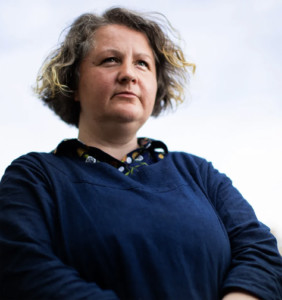
“The Beauty of working with clay is the fact it is alive.”
– Aneta Regel, ceramicist
MARRYING HERITAGE WITH FUNCTION
Andile Dyalvane’s work represents a close connection to clay — or umhlaba (mother earth) — that goes back to his childhood on a cattle farm in the South African village of Ngobozana. “We would mind the livestock, plough the land, then play games while the stock were grazing,” he recalls. “We would go to the river, swim a bit and then collect clay that we would make into all sorts of objects.”
It is perhaps this child’s sense of joy in the material that led to the experimentation he is known for today as one of the contemporary art world’s most exciting ceramicists. Dyalvane creates large-scale pieces in terracotta and stoneware clays, with decorative surfaces that draw upon his Xhosa heritage. His hand-built works include lighting and furniture as well as sculpture. “It is the malleability of clay I like — that you can form it into any shape to be a practical, functional object, whether it’s a vessel to carry water or a stove for cooking the meal on,” he says. “We can trace our ancestors and how they lived through these objects. I see it as an honor to work with that history by collaborating with clay.”
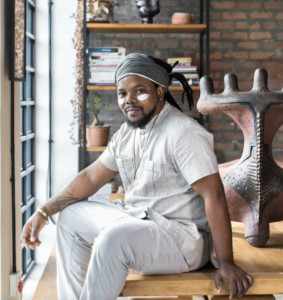
Function is important in many of his works. And he uses their surfaces as artistic canvasses on which to detail his heritage. Their surface textures explore the culture of scarification, and the colors summon imagery of the soil. A recent collection was inspired by the iCamagu cleansing ritual, which involves song, dance and the burning of herbs. What unites his pieces is the merging of function with storytelling, artistry and culture. “There is an aspect of clay that connects us much, much more deeply than what meets the eye,” he says.
“It is the malleability of clay I like — that you can form it into any shape.”
– Andile Dyalvane, ceramicist
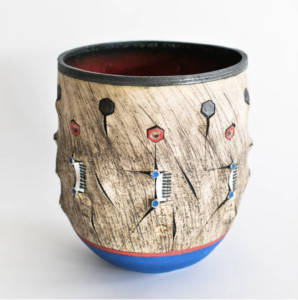
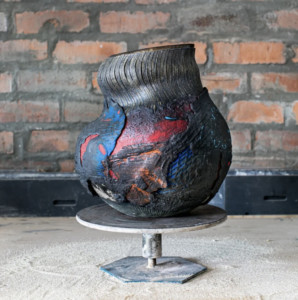
MAXIMUM EFFECTS FROM MINIMALISM
Casting ceramics, in which porcelain slurry, or slip, is poured into molds and dried, is a technique traditionally used to produce functional pottery in great numbers, for example bowls, mugs and plates. The Japanese artist Shigekazu Nagae, based in Seto, a town just outside Nagoya, where porcelain was first brought to Japan in 1875, upends this tradition of casting, or ikomi, with an unusual perspective to create his highly delicate sculptures.
Most of his pieces begin life as boxes. They are fired once, after which their bottoms are cut off to create parallelogram shapes. Two are put together with glaze and then refired, hanging from a large stick. As the kiln heats, the glaze melts, binding the two pieces into one form. Gravity creates unique shapes as the pieces sag during firing.
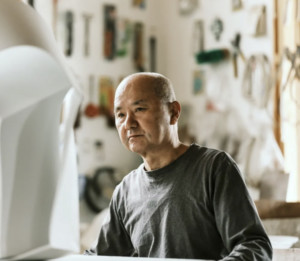
The casting process is used for its reliability and predictability. Nagae’s method came about in the mid-2000s, when he was making everyday objects such as cups and plates. He questioned why some pieces needed to be discarded because they didn’t have perfect shapes and began splicing them together. Despite the free-form, abstract nature of his sculptures, Nagae — who works singlehandedly — explains that his process is also very controlled. “I can now predict how the kiln fires will shape my work,” he says. “It’s not imperfection I seek, but a calculated abstraction.”
The organic aesthetic of the pieces is heightened by the purity of the porcelain surface. This, too, is attended to with artistry. “The shape really stands out clearly when the surface appears to be unadorned,” he explains, “but actually, when you move close to the pieces, you will see that there are rough surface decorations [created with sandpaper] and some glaze that creates added interest.” All together, these architectural, precise designs reveal new dimensions in light and shadow.
Pushing the limits of ceramics is a prominent facet of the Swiss watchmaker’s latest Code 11.59 by Audemars Piguet timepieces, in which its experts combine atoms of zirconium and oxygen to create the crystalline ceramic structure of the watch’s octagonal middle case.
While ceramics is increasingly being explored for its creative potential, its unique qualities in creating useful, functional pieces are unparalleled. The Code 11.59 by Audemars Piguet collection makes the most of these aspects, presenting an exemplary tool for everyday life whose dial, markers, hands and movement have been developed in painstaking detail by the watchmaker’s expert teams. This precise process merges advanced technology with specialized human skills to create highly innovative forms.
“It’s not imperfection I seek, but a calculated abstraction.”
– Shigekazu Nagae, ceramicist
